Tesco is stepping up its efforts to fight campylobacter with a tough new contamination target for its fresh chicken suppliers.
The retailer said today (15 July) it was changing its technical specification on chicken to ensure that, by 2017, no more than 5% of the fresh whole chicken it sells shows high levels of the food poisoning bacteria. The target is being backed by all three of Tesco’s chicken suppliers: Moy Park, 2 Sisters Food Group and Cargill.
At present, the Food Standards Agency has a joint target with industry to get the levels of chicken with the highest contamination rates – defined as more than 1,000 colony forming units per gram (>1,000 cfu/g) – down to less than 10% by the end of 2015. It has mooted the prospect of a new target for 2016 and beyond, but no plans have been agreed at this stage.
The current 10% target set by the FSA refers to contamination at the end of the production line. Tesco said its 5% target related to testing done in the depot.
By committing to a 5% target by 2017 now, Tesco said it was cementing its role as an industry leader on campylobacter reduction. The FSA’s year-long survey of campylobacter in supermarket chicken had shown Tesco was already the best performing of the major supermarkets, and it was now looking to build on this with its suppliers, it added.
“It has long been our commitment to reduce levels of campylobacter in our poultry and we are now seeing real progress at all stages of the supply chain, in tackling the issue through the work we have done with our suppliers,” said Tesco group quality director Tim Smith, a former CEO of the FSA.
“We want to remain at the forefront of any developments to improve the quality and safety of our chicken and believe that interventions, which are currently being trialled across the industry, will enable levels to be reduced even further. We have therefore agreed with our suppliers that by 2017, at least 95% of chickens supplied to Tesco will have minimal levels of campylobacter in line with the new limits that we are including in our specification.”
Some industry experts have warned the fight against campylobacter requires heavy investment in new technology and other interventions, and is therefore likely to push up the cost of chicken to consumers. But Tesco insisted it would protect shoppers from price rises. “With all the interventions that have already been trialled, we think that this target can be reached and this will not be at a cost to customers,” said a spokeswoman. “It is about working with our suppliers to deliver the safest and best quality chicken for customer.”
Campylobacter contamination is a complex problem, which is not yet fully understood by science or industry. Retailers and suppliers are trialling a number of interventions to see if they help bring down contamination rates, including rapid surface chilling, steam treatment and cook-in-the-bag retail products.
Key interventions used by Tesco include a farmer incentive programme; funding the development of best practice guidelines for processing; and a new processing standard that will be independently audited.
Tesco’s announcement comes as the FSA board discussed progress on campylobacter reductions at a board meeting today. It agreed to extend its survey of supermarket chickens for another year but said it would not go ahead with controversial plans to advise consumers where to shop based on retailers’ campylobacter rates.







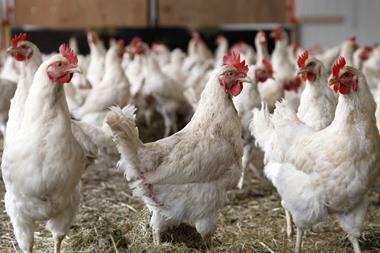
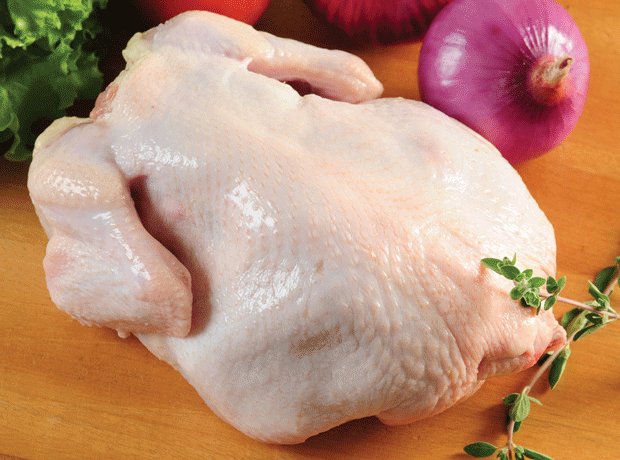
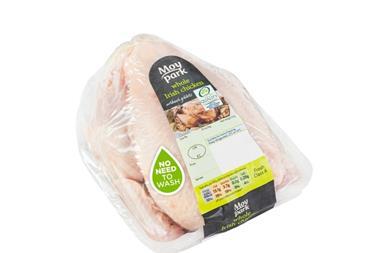
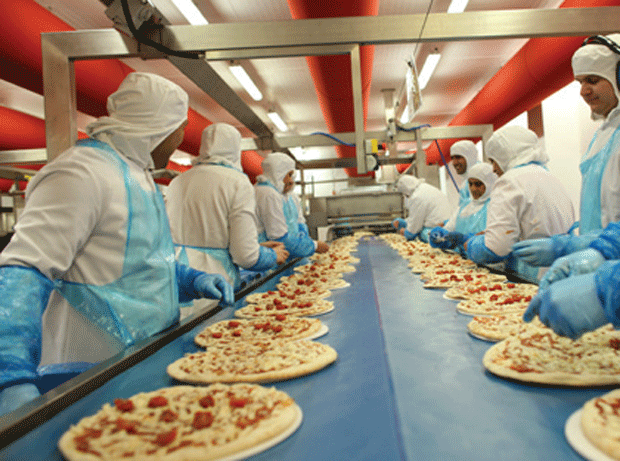
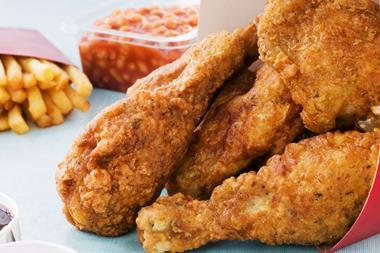
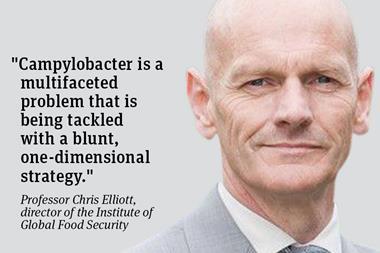
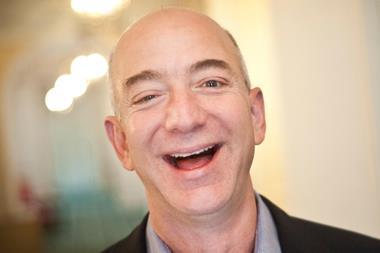

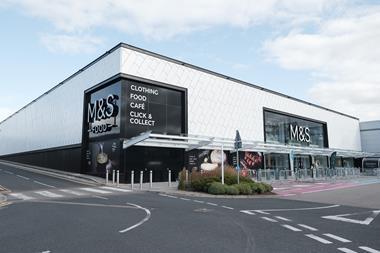
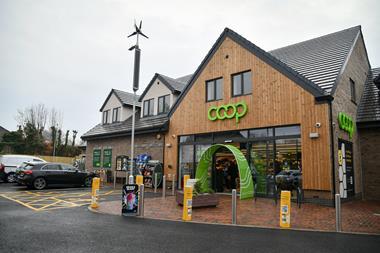
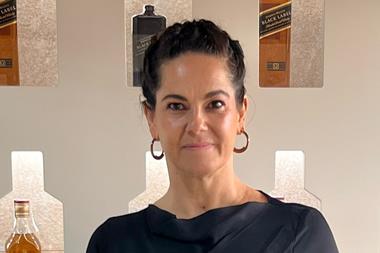
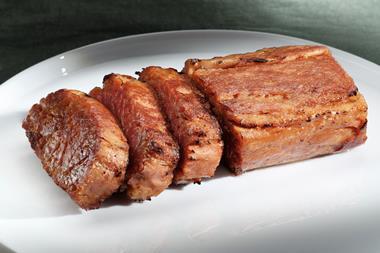
No comments yet